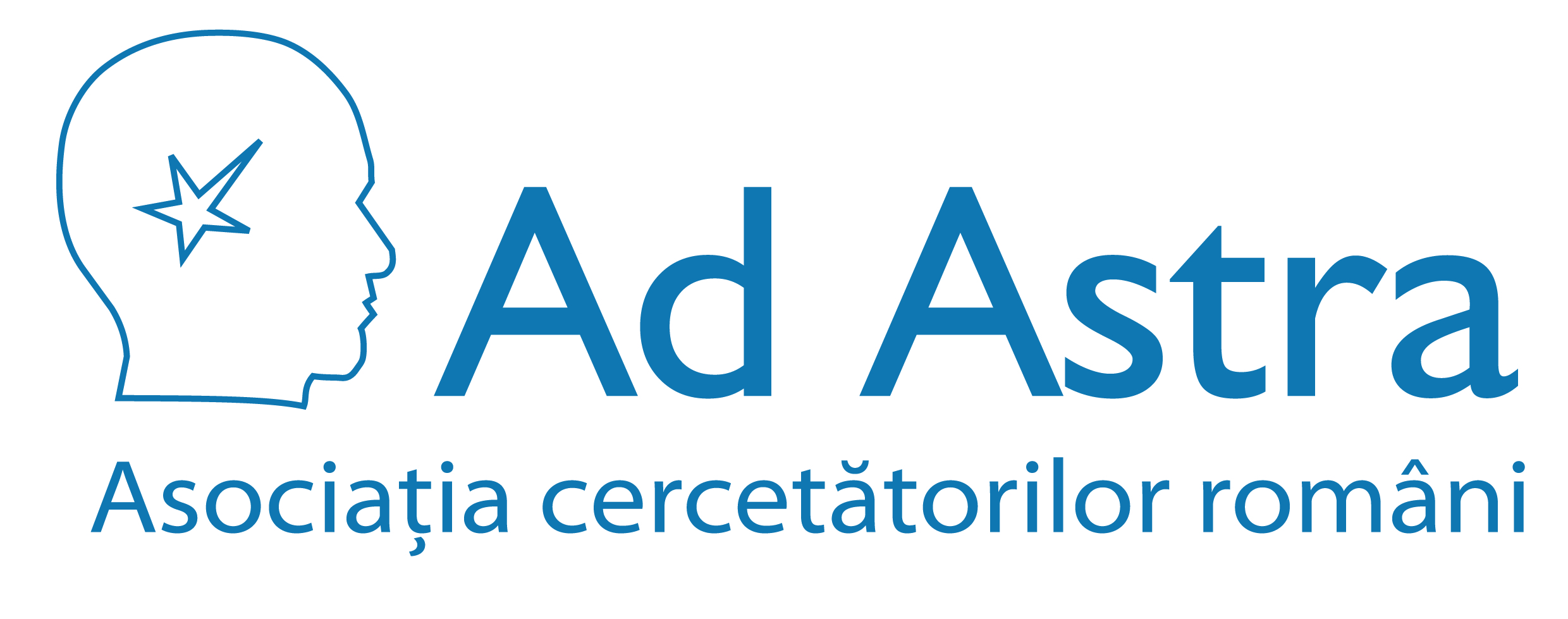Scopul nostru este sprijinirea şi promovarea cercetării ştiinţifice şi facilitarea comunicării între cercetătorii români din întreaga lume.
Staff Login
Using geographical information techniques to quantify the spatial structure of endolithic boring processes within sediment grains of marine stromatolites
Domenii publicaţii > Biologie + Tipuri publicaţii > Articol în revistã ştiinţificã
Autori: Alexandru I. Petrisor, Alan W. Decho
Editorial: Journal of Microbiological Methods, 56(2), p.173-180, 2004.
Rezumat:
Marine stromatolites are generated through the interactions of environmental parameters and specific microbial processes. The activities of endolithic bacteria, that bore canals through calcium carbonate (CaCO3) sand grains (ooids) and reprecipitate the CaCO3 as a single layer (i.e. micritic laminae) are especially important in the longer term stability of the stromatolite macrostructure. Image analysis and classification approaches have been used previously, but only seldom as a quantitative microscopic tool. Here, we develop a new approach that enables the quantification of microscale (i.e. micrometers to millimeters) spatial structure within marine stromatolites. To demonstrate our approach, images were acquired from two different layers of a stromatolite: „orange layers”, where microboring of canals within ooids was relatively abundant, and „white layers” where microboring was greatly reduced or lacking. Images were then transformed into spatial maps. Computation of canal and ooid grain areas within each image was conducted and statistically compared between replicate samples from the two stromatolite layers. This allowed quantification of the areas of ooid grains that were microbored. Based on our results, we suggest that our method could be widely applicable to sedimentary environments, and other areas of fundamental research.
Cuvinte cheie: GIS; Confocal; Biofilms; Image analysis; Carbonate; Bacteria

